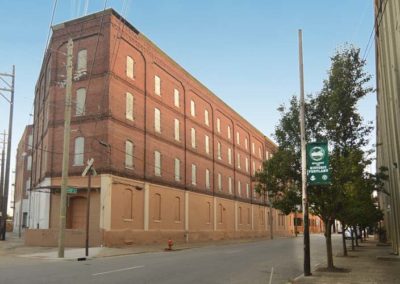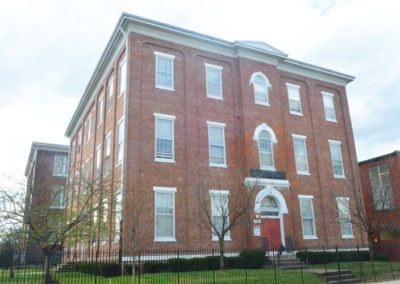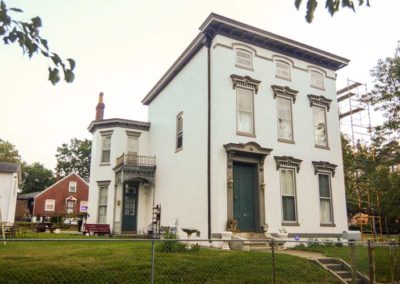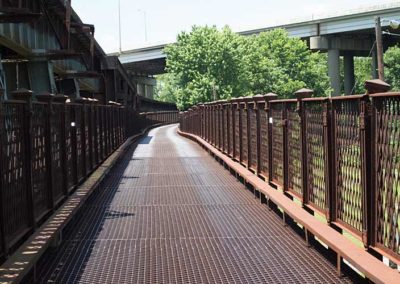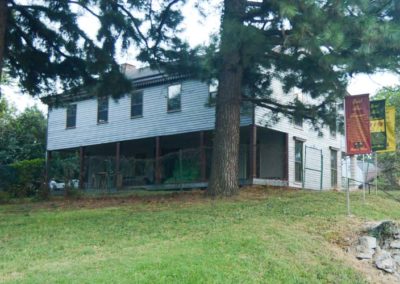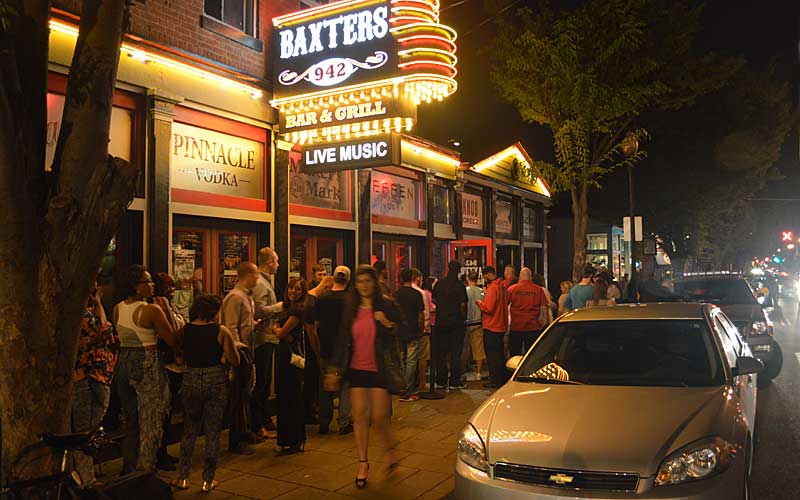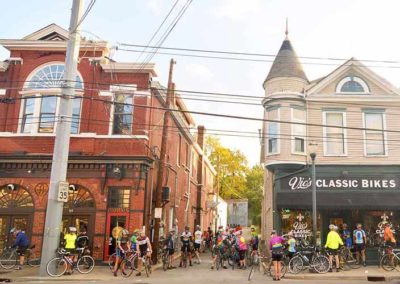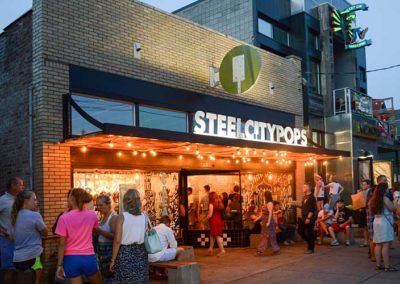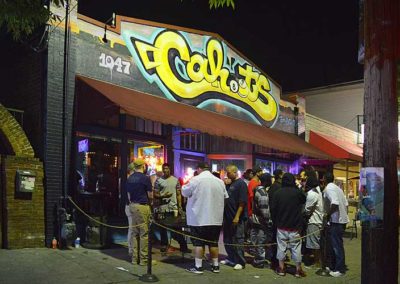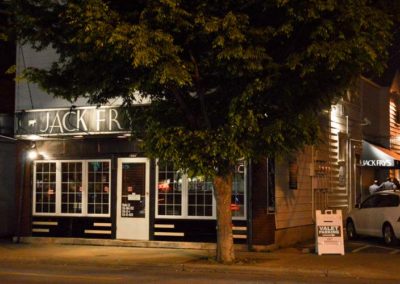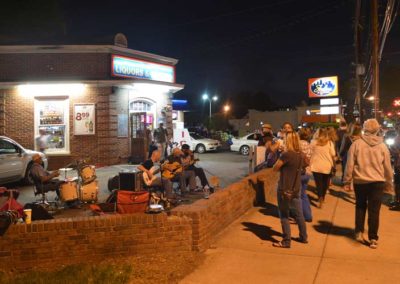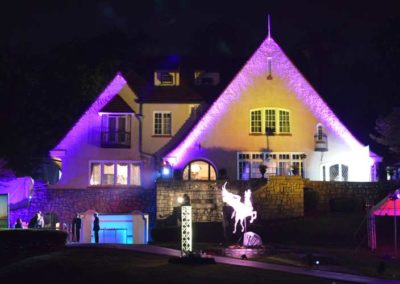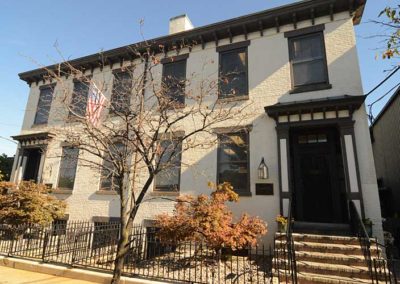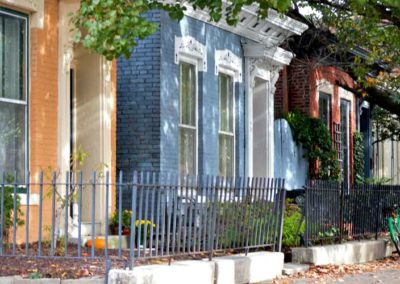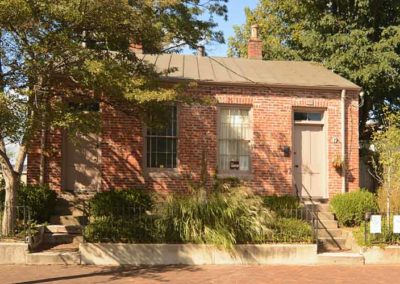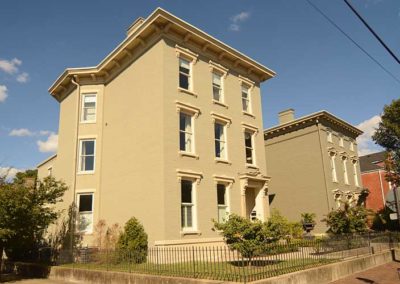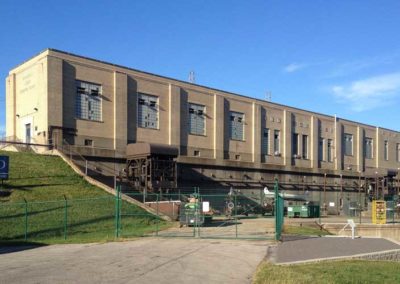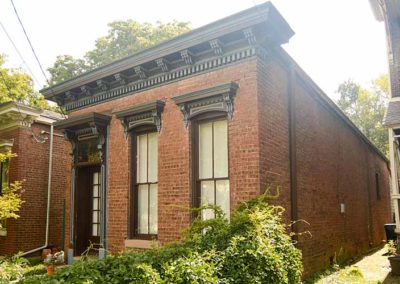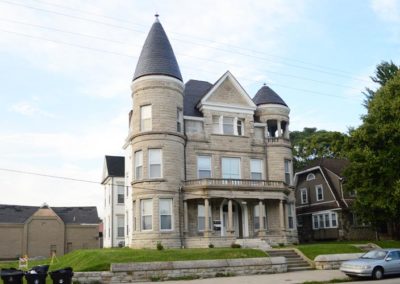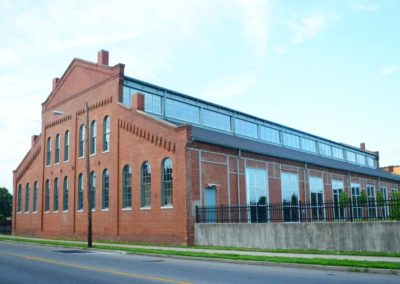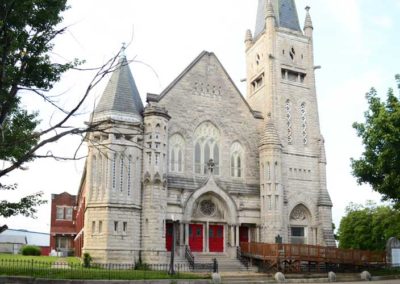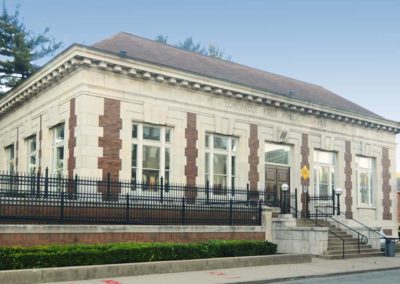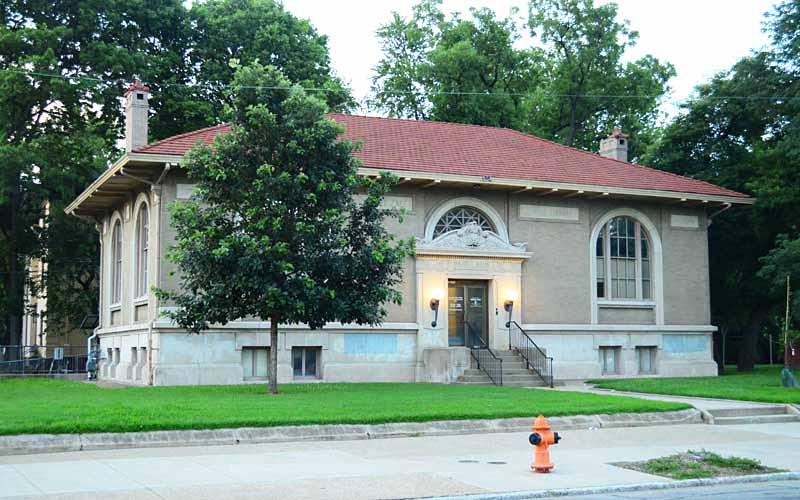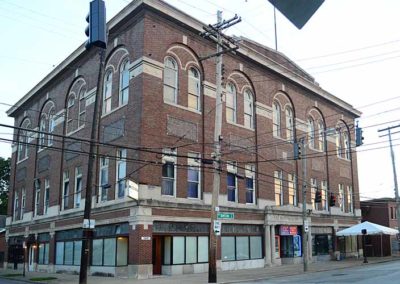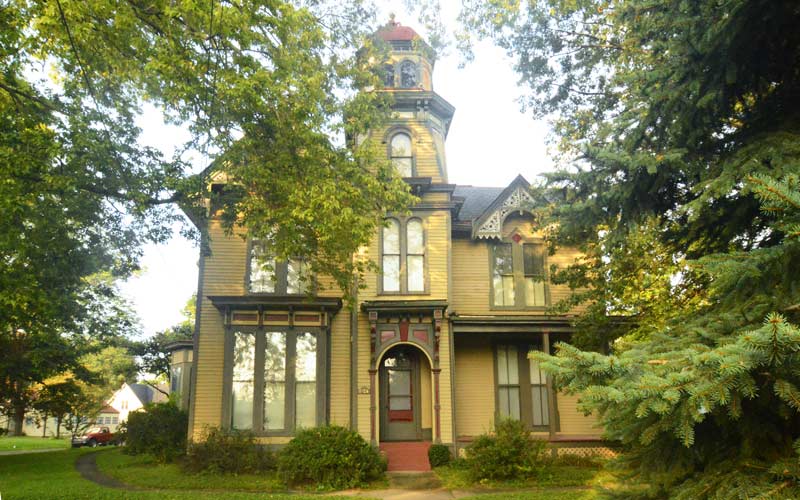
Deer Park
Deer Park

Aneighborhood landmark is the Bullock-Clifton House, a former farmhouse at the corner of Richmond and Rosedale, built in the ‘steamboat gothic’ style in 1834.
Like many places in the U.S., most of the streets were named after the early landowners who turned into developers in the early 1900s. A section of the neighborhood is one of the city’s more densely populated areas and is a National Historic Register District.
Deer Park includes two pedestrian courts whose long rows of houses, with no conventional street, are accessed by alleys and sidewalks running through the small lots. Ivanhoe Ct. was built in 1914, and the slightly smaller Maplewood Pl. were both built during the streetcar suburb era.
Due to the lack of geographical obstacles such as steep hills or creeks, the neighborhood developed quickly and uniformly. Shotgun houses and modest 2 story Victorians make up the majority of the stock in the oldest sections, while modest craftsmen-style houses dominate further out, along with a few small ranch style homes.
The neighborhood also has one of the last of the pre-World War II subdivisions in the area with larger houses built in various historical revival styles.
Some of the somewhat narrow east/west streets are now one-way, which is an oddity for a traditional neighborhood somewhat far from downtown.



